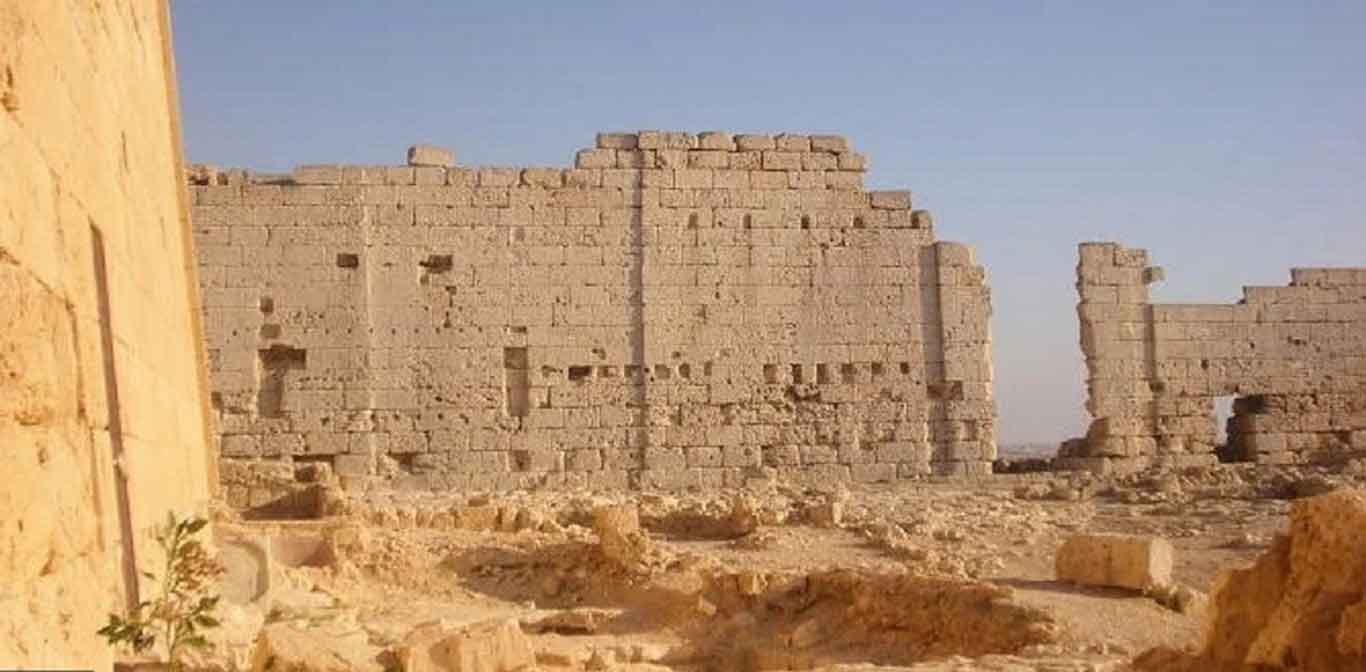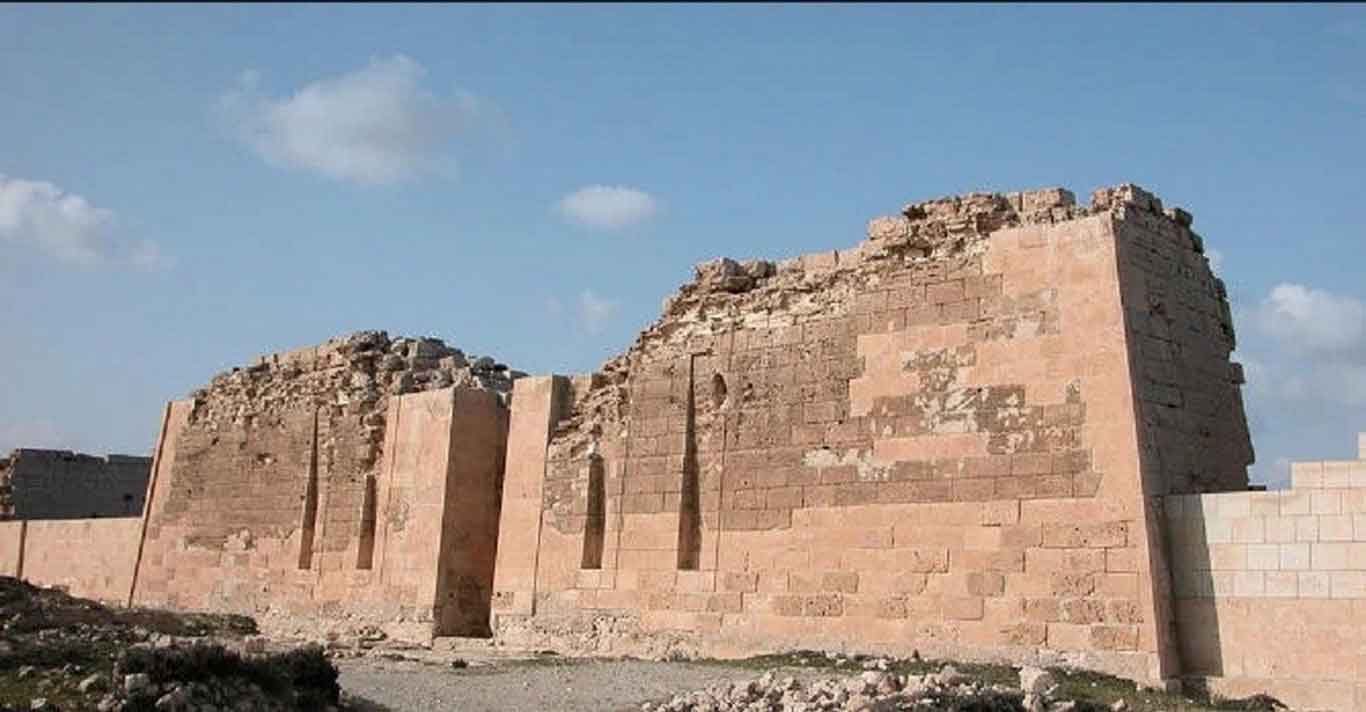


(not for visiting)
the results of the two cities are a phenomenon of the Ptolemaic era, but this is probably due to the Pharaoh era, according to a few simple relics found so far. Also important archaeological site of the city Tabozeres a huge temple left from the outer walls, and whose height north and south of the wall is about nine meters and penetrate each of these walls is a small entrance and the walls of the temples They were made from huge volumes of limestone extracted from the ancient quarries that are observed today in the area.
There is an entrance to the east of the temple consisting of two monuments scattered through the door of the temple and there is a staircase inside each of these two buildings. There are four grooves on the front of the buildings to secure the flags at the old official church ceremonies.
The ground beneath a room is on the north side of the bronze treasure chest associated with the worship services of the goddess Isis most likely, as well as daily life with a jug and lamp plate offerings, balance and beautiful statues and framing incense. , a return to the Roman Ptolemaic era.
The area has evolved into a magnificent city at the time of the Byzantine Emperor Jstinan built by the baths and important houses and market, as designated by the Emperor palace government because of the prosperity of this market town in commerce, found in the tools of worship. goddess Isis recently had this temple move during the period to the Military, and this explains the disappearance of its interior architectural sections and the use of Greek marble elements to restore the north and i south wall from above.
There is a plateau beneath the temple, a cluster of houses carved into the rock whose slabs are made of mosaic, as well as another house with a beautiful corridor and part of a double-hearted or leaf-shaped column. It is likely that the house is from the Ptolemaic era.
